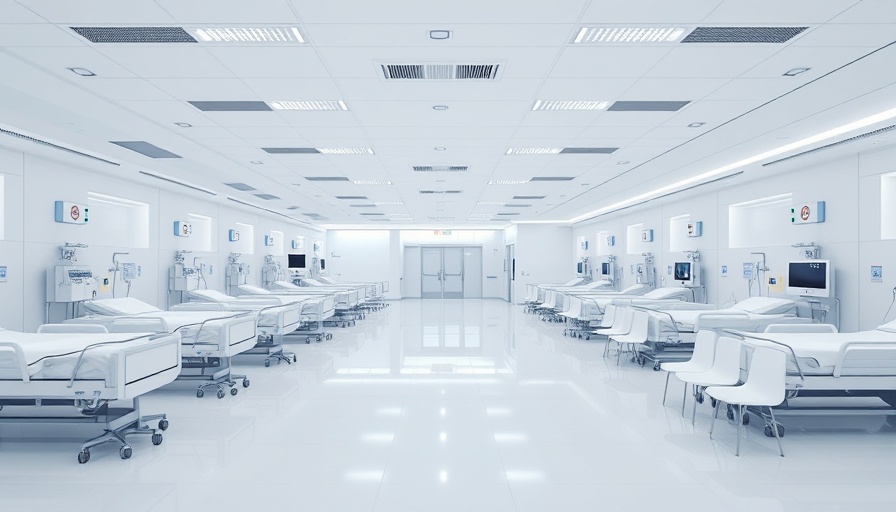
Understanding the Surge in Outpatient Facilities
The healthcare landscape in the U.S. is evolving, evidenced by a significant shift towards outpatient care. As highlighted in a recent report, outpatient service volumes are expected to see a 10.6 percent increase over the next five years. This trend can largely be attributed to the aging baby boomer population, which continues to demand extensive healthcare services tailored to their needs. Retrofitting traditional healthcare structures into outpatient settings is no longer just an option; it's a necessity driven by consumer convenience and the need for cost-effective healthcare.
Demystifying the Real Estate Landscape
Healthcare providers are strategically rethinking their real estate investments. Experts like Matthew Coursen from JLL emphasize that healthcare organizations are shifting outpatient services away from hospital campuses, favoring purpose-built outpatient facilities. This shift reflects a desire to bring services closer to community members and to meet the increasing demand for specialties like cardiology, oncology, and orthopedics, all of which are projected to experience substantial growth.
Key Drivers of Growth in Outpatient Services
Several factors are pivotal to this shift. Notably, advancements in medical technology enable outpatient procedures to become more sophisticated and safe. For example, total knee and hip replacements are increasingly performed in ambulatory surgery centers (ASCs), driven by improvements in minimally invasive techniques. Coupled with an ongoing increase in consumer preference for accessible and lower-cost healthcare, the industry is poised for a remarkable transformation.
Investor Confidence in Medical Office Buildings
Amid the transition, medical office buildings (MOBs) are being recognized as a resilient investment class. Although traditional office spaces have seen a decline in appeal, MOBs benefit from the strong financial stability of healthcare providers. Long-term leases and reliable tenant credit enhance investor confidence, signaling a healthy outlook for healthcare real estate in the coming years. Current leasing trends show that healthcare systems are using MOBs effectively to expand outpatient capacities and services.
The Role of Artificial Intelligence in Healthcare Real Estate
Beyond immediate infrastructure needs, artificial intelligence is set to revolutionize healthcare real estate management. AI can streamline facility management through predictive maintenance and real-time space optimization, addressing the challenges of labor shortages within the industry. As healthcare systems look to empower both operational efficiency and patient care, the integration of advanced technology will become increasingly vital.
Anticipating Future Trends
Looking ahead, a few key predictions are noteworthy. As the demand for outpatient services rises, the healthcare industry will continue to innovate, reducing costs and enhancing patient experiences. The use of ASCs will likely expand as payers recognize the efficacy of delivering healthcare in more convenient settings. Moreover, shifts toward value-based care models will transform payment structures within the healthcare ecosystem, pushing for improved patient outcomes and greater cost efficiency.
Conclusion: A Call for Proactive Adaptation
The evolution of healthcare real estate to accommodate an upward trend in outpatient services is more than merely an investment strategy; it’s a response to the demands of a changing demographic landscape and a new consumer ethos. Stakeholders in healthcare must remain adaptable and forward-thinking to capitalize on these emerging opportunities. Embracing these changes will ultimately pave the way for enhanced patient experiences, better health outcomes, and sustainable profitability in the sector.
 Add Row
Add Row  Add
Add 






Write A Comment